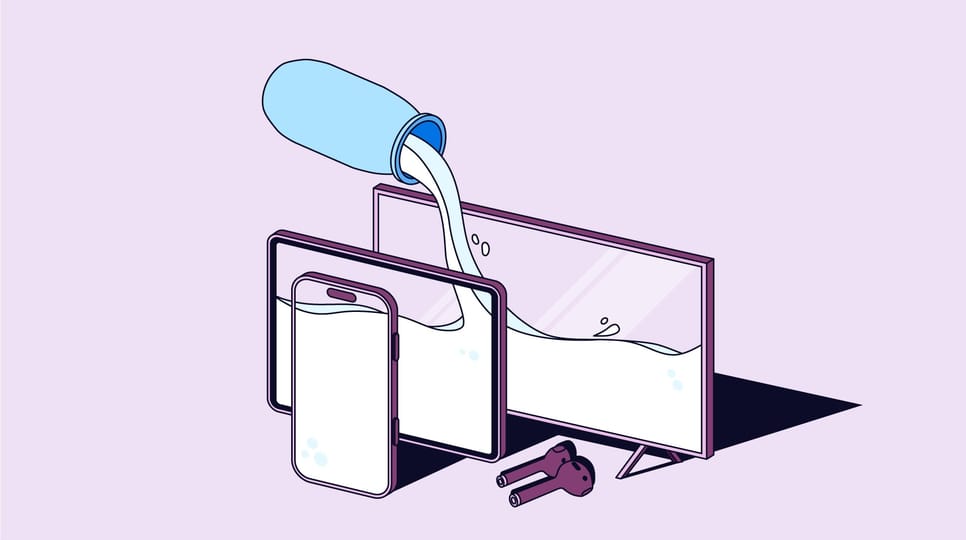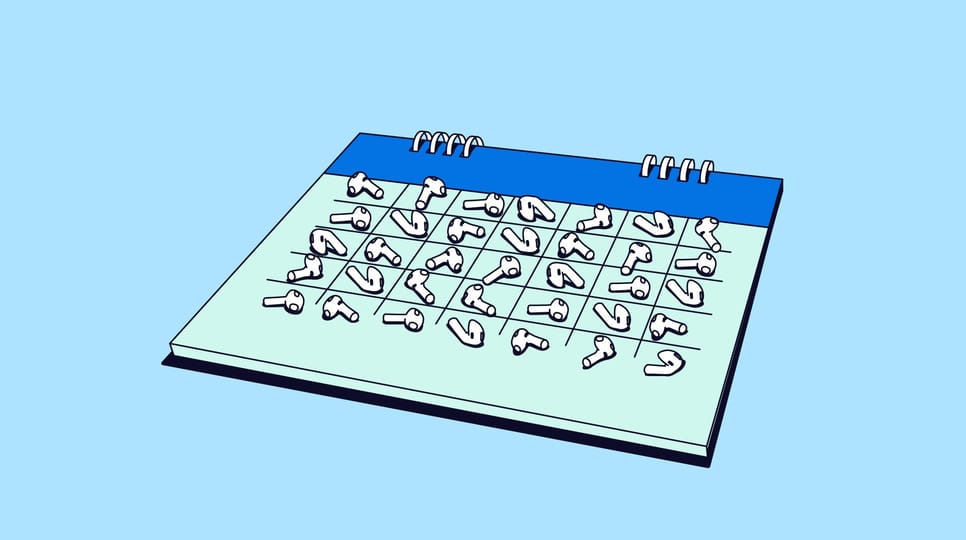Insights Omnichannel
What the data — and Danone’s success — tell us about driving omnichannel results

Recruiting fraud is a growing issue for many companies.
The Trade Desk takes this issue seriously and is taking steps to address it.
Product
Industry
Tech and telco
Channel
Share:
Aussies spend 64% of their online time on the open internet, across some of the fastest-growing digital channels. However, most brands down under haven’t caught up with their audiences yet. Putting the spotlight on the power of the open internet, we launched a data-driven omnichannel campaign across Australia, on The Trade Desk – achieving greater reach, awareness, and an 83% decrease in time to conversion via DOOH. Read more about our case study here.
THE CHALLENGE
Keeping up with changing media consumption habits is a challenge for all brands. According to research we conducted with Canvas8, consumers in Australia spend 64% of their online time on the open internet – across some of the fastest-growing digital channels, like Connected TV (CTV), audio, and some websites – rather than on closed ecosystems. People are also more engaged on the open internet and exhibit stronger brand recall of the ads they see there.
Yet brands in Australia only invest 38% of their budgets on the open internet – even though it can also offer them more transparency and control over their campaigns, and can connect them with a broader range of potential customers, as compared to “walled gardens” like certain social media platforms.
So, we set out to educate brands on the power of the open internet. The campaign needed to reach advertising pros at events in key markets. We also wanted to demonstrate the value of a full-funnel omnichannel strategy that included digital out-of-home (DOOH) advertising, and planned to measure both awareness and lower-funnel metrics.
THE SOLUTION
The campaign team used our own demand-side platform to deliver ads across multiple channels programmatically. To drum up interest in the month leading up to Sydney’s Advertising Week APAC 2023, our team used DOOH – an upper-funnel channel that drives awareness.
Making the most of every dollar, our team first carefully selected DOOH screens with the help of inventory specialists JCDecaux Australia and Vistar Media, which identified the most relevant locations for our campaign. They chose screens in high-footfall railway stations of the Central Business District as well as screens close to our clients’ offices and those of major advertisers and agencies. Ads were served on weekdays only.
The team used our first-party data to create lookalike audiences with similar traits to our existing clients. They also relied on our Audience Reach Percentage (ARP) tool to further boost reach to relevant audiences. ARP is an algorithm that ranks and tiers DOOH screens based on relevance – or how highly they index towards a desired audience. It does this by mapping user location information from first- or third-party data to screen proximity.
To drive lower-funnel engagement and measurement, our team employed exposed device IDs to retarget users across display, broadcast video on demand, and other video channels. They also ran a first-of-its-kind brand lift study with partner Lucid Impact Measurement by Cint to better understand how the DOOH ads improved brand awareness.
THE RESULTS
Our platform’s suite of upper- and lower-funnel metrics showed that the omnichannel campaign successfully increased reach, improved brand awareness, and accelerated the time to conversion.
The campaign was also highly cost-effective, delivering strong cost-per-conversion (CPC) results across multiple targeting strategies. The results showed that DOOH was the best-performing channel when it came to driving lower-funnel engagements. Retargeting consumers exposed to the DOOH ads delivered a 26% lower CPC than using contextual targeting via digital channels only.
By combining DOOH with display, we saw an 83% decrease in time to conversion, as compared to just display alone. The average time to convert was 29.7 days from the first touch and 1.8 days from the last touch for display alone.
Our ARP optimisations enabled our team to maximise the value of its budget by reaching 15% more people. The campaign also resulted in a 6.5% lift in awareness in our targeted age group of 35 to 44.
Importantly, we demonstrated that our platform could measure and boost lower-funnel engagement for DOOH advertising. In particular, our campaign showed how DOOH can be used to accelerate the path to conversion. Our team plans to use the tangible insights from this campaign to improve future awareness campaigns in Australia.
If you’d like to learn how to make DOOH a part of your omnichannel strategy, please reach out to The Trade Desk.
Insights Omnichannel

Insights Omnichannel

Insights Publishers
